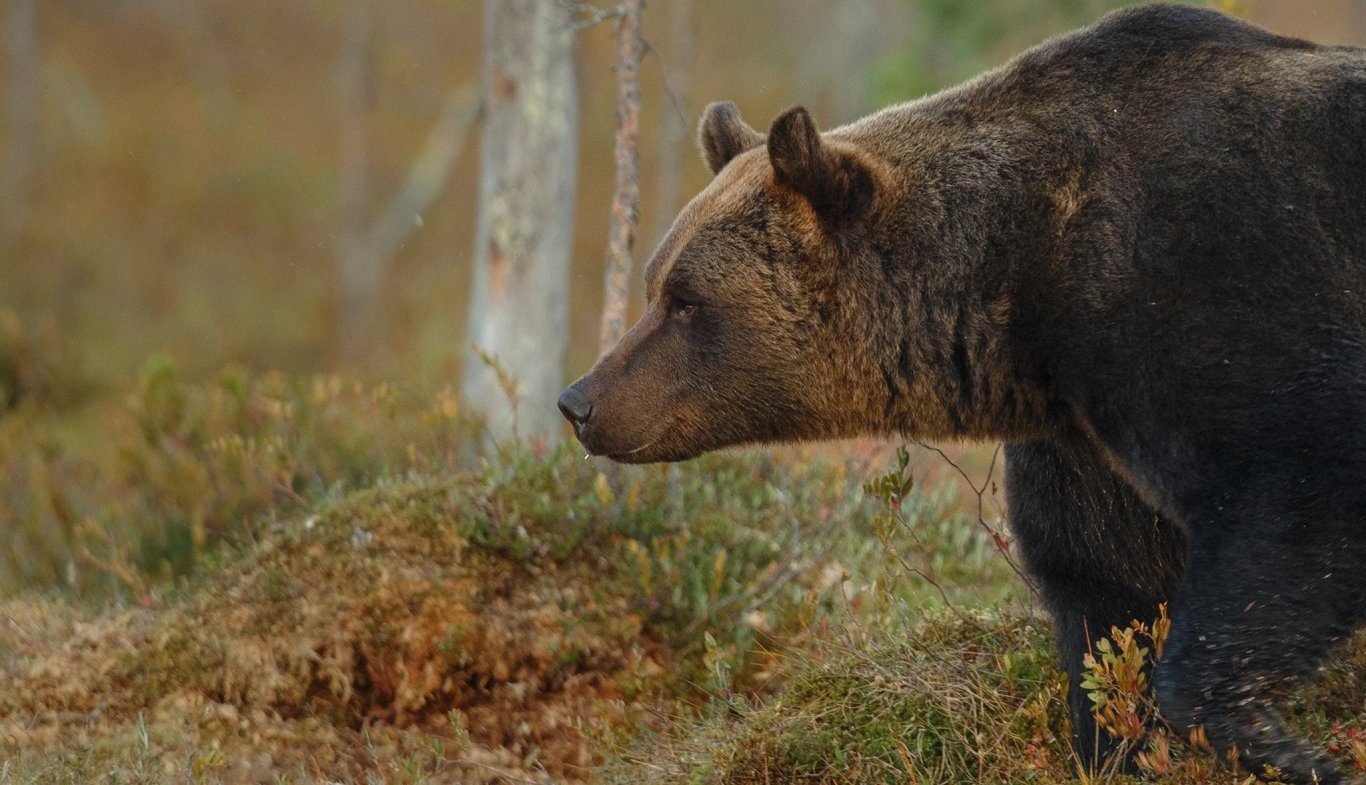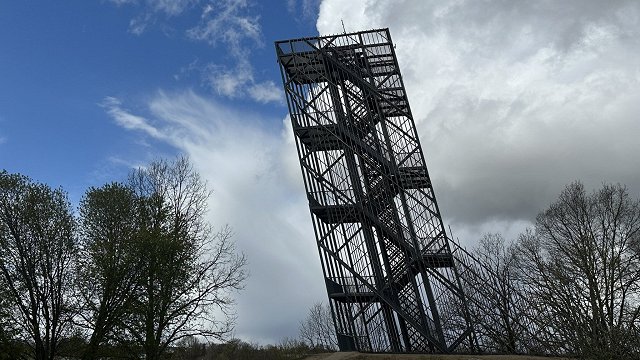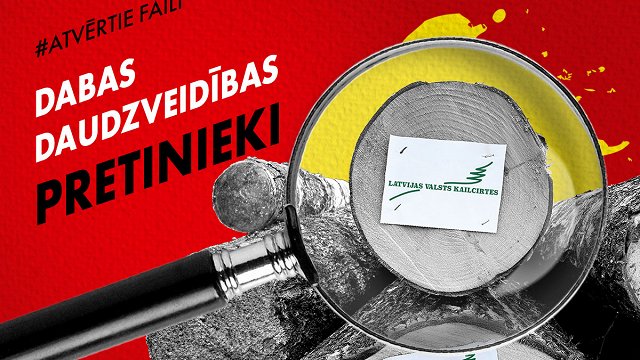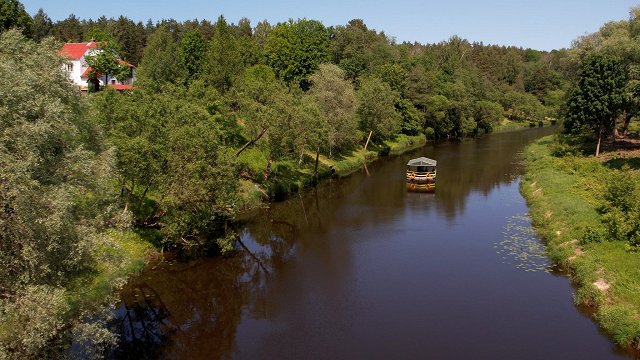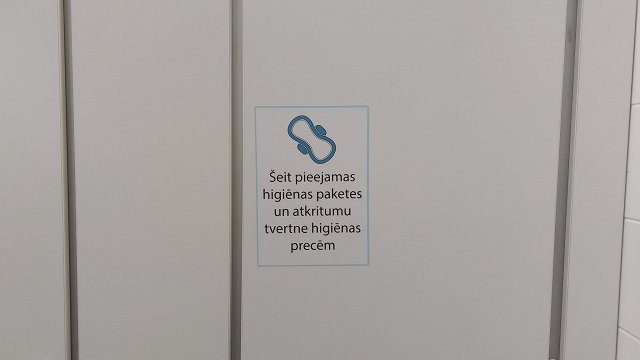Bears are the third species in Latvia that have returned after obliteration.
The DAP plans to place hair traps and cameras in nature, and to carry out a survey of old orchards and apiary sites for bear damage. This will result in the collection of materials containing DNA, which will subsequently be analyzed by the molecular genetics method. DAP senior expert Zanda Segliņa said that the bear population in Latvia has increased in recent years.
“The invariability of this method since 2013 gives us an excellent opportunity to compare the data obtained in each year. We have found that the bear population has increased in Latvia,” Segliņa said, indicating that there are currently around 70 bears in Latvia. “A very good contribution is molecular genetics when we identify each animal individually. This would allow us to identify more precisely the exact number of individuals living in Latvia in the future.”
Researcher Jānis Ozoliņš said that he believed the bear population would grow in Latvia in the coming years.
“On the one hand, the forecast is very optimistic, but on the other, some would not want to hear such a forecast. This is the third species that return to Latvia after complete destruction. The other two were beavers and deer,” said the researcher. “Nature is nature, and something similar is expected with the bear population. Not in the next two, but perhaps in 20 years.”
Ozoliņš said he was very interested in monitoring results because this bear-return process is unique. “It does not occur frequently that the species returns after a complete extinction in its original distribution area,” he said.
At present, 72 bears have been identified in Latvia by a method of molecular genetics. DNA materials have been gathered over five to six years, so it is not clear whether all these bears are still in Latvia. This method is particularly important when a “problem bear” is observed in nature, for example, destroying apiaries. In that case, the bear and its actions can be traced.
